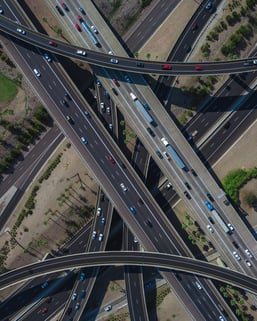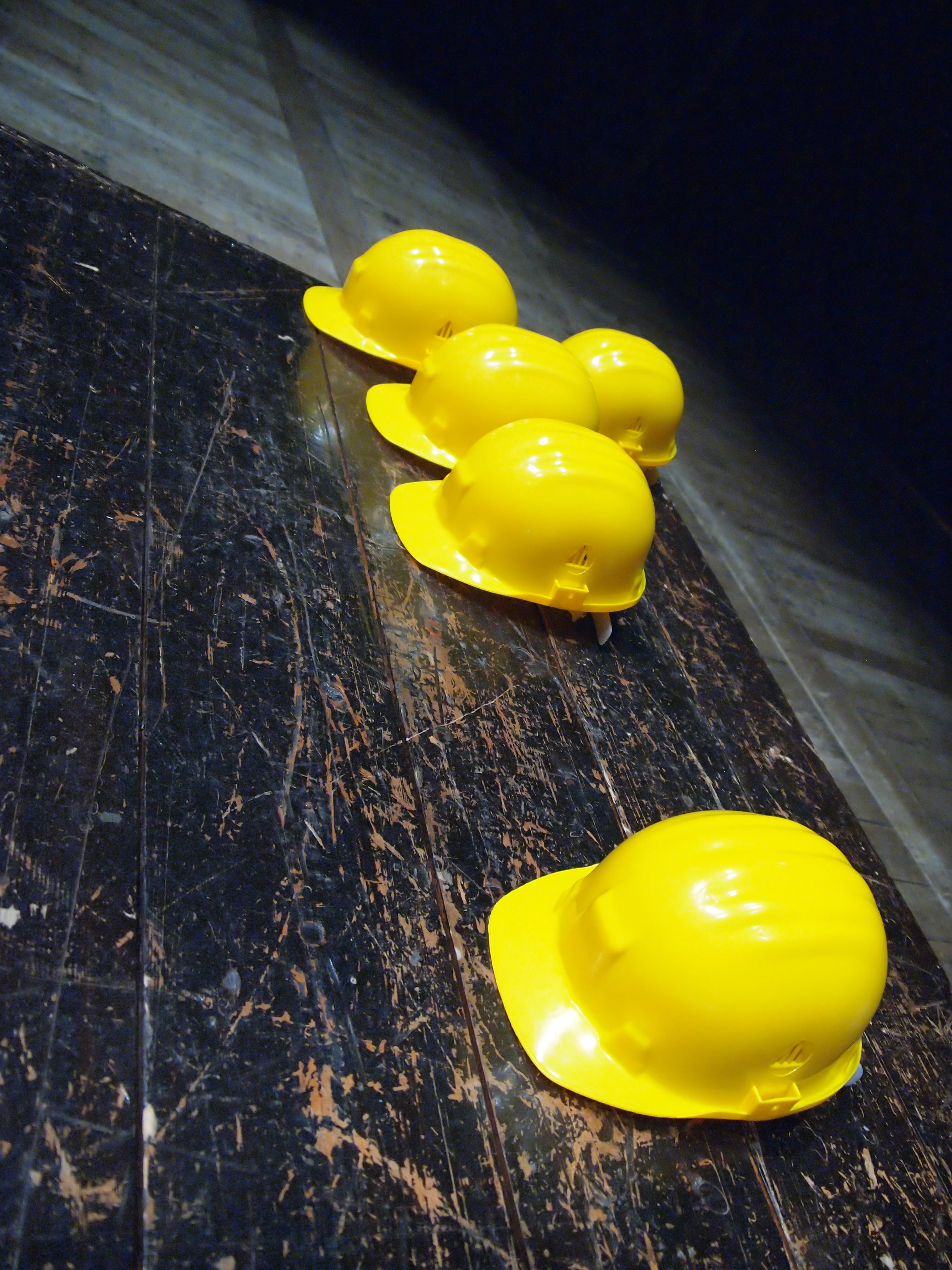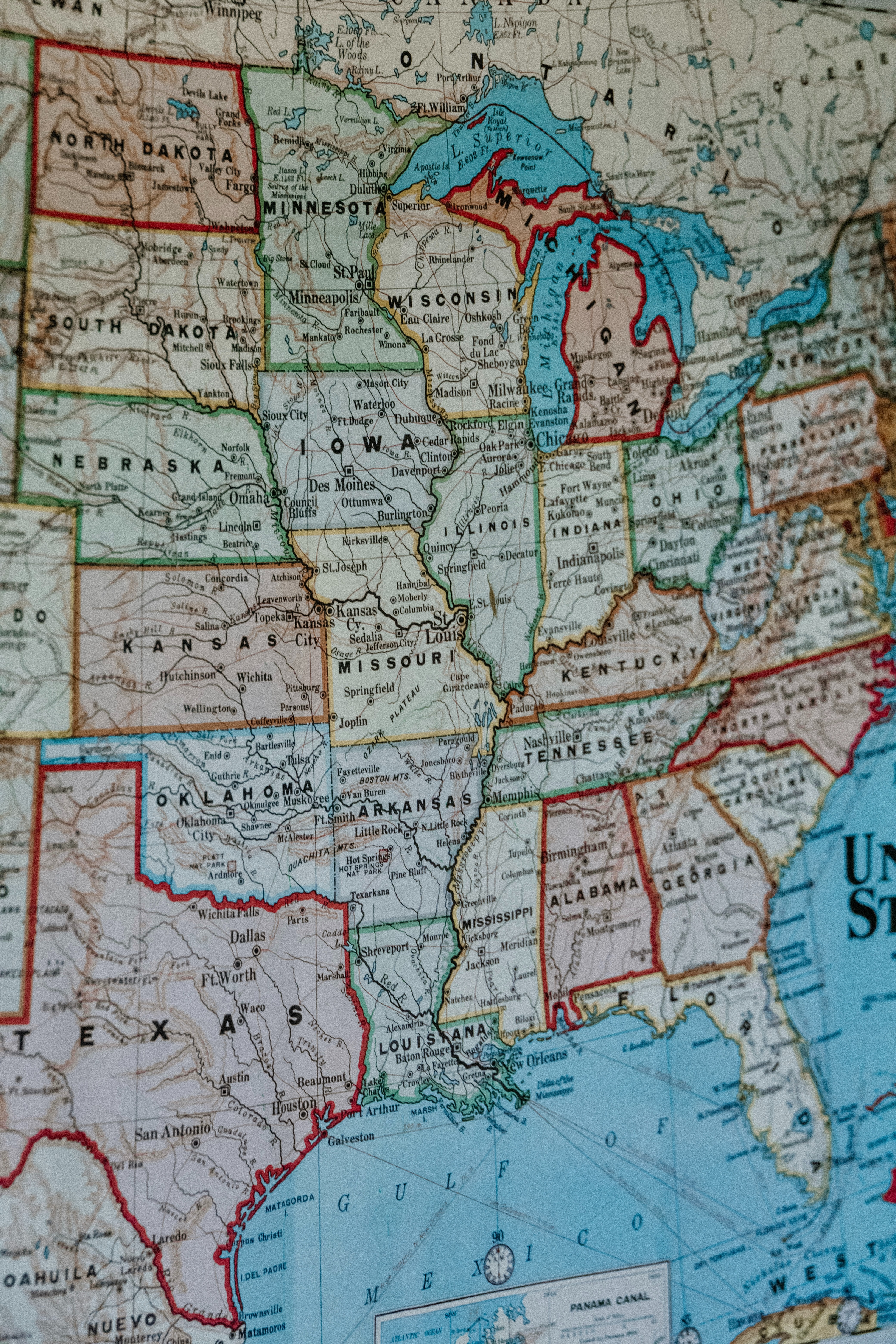Highway Traffic and the Effect on Pipelines
Most of the time, we think gas pipelines are only associated with filling up fuel tanks when it comes to highway traffic. However, interstate agencies and utility networks run over and under one another to maintain safe operations. As a result, there are sometimes unfortunate events involving highway traffic and its relative effects on pipelines. Take a look at how highway traffic correlates with damage to pipelines.
Relationship Between Traffic and Pipelines
Traffic extends the wear and tear on a road’s surface and on anything underneath the road. This includes natural gas and petroleum pipelines that run below highway asphalt. Whenever there is traffic crossing over a pipeline, there is the potential for damage if the integrity of the pipeline is at stake.
This includes natural gas and petroleum pipelines that run below highway asphalt. Whenever there is traffic crossing over a pipeline, there is the potential for damage if the integrity of the pipeline is at stake.
Vibrations and fatigue effects from highway traffic also play a role in damaging pipelines. While pipelines are constructed to minimize vibrations, workers generally bury them where vibrations are less likely to occur. However, these pipelines are still operating underneath highways where live load traffic adds to external loads and pressurization.
Highway Construction and Pipeline Damage
As a result of their location, pipelines are likely to be damaged by highway and roadside maintenance and construction operations, according to the National Cooperative Highway Research Program (NCHRP). The problem arises when construction crews or maintenance workers are not aware that there is a pipeline underneath a highway. This is especially the case when there is an emergency or natural disaster, in which emergency workers are unaware of surveying details.
Highway Pipeline Crossings
There are other times when highways and pipelines converge to create more dangers. When a pipeline crosses under a highway, there is an increased potential for hazards. According to the NCHRP Report titled Protection of Pipelines Through Highway Roadbeds, many “catastrophic failures of encased petroleum and natural gas pipelines… occurred at highway crossings which resulted in the loss of life and property.”
For example, there was the 1985 Texas Eastern Gas Pipeline accident near Beaumont, Kentucky. The resulting explosion killed five people in a home and destroyed a great deal of property. This was due to atmospheric corrosion in a natural gas pipeline near Kentucky State Highway 90. In 1986, the same company experienced another ruptured pipeline.
This time, the pipeline was under Kentucky State Highway 52 and 77 people were evacuated from their homes. Atmospheric corrosion is “material degradation due to pollutants incorporated in the air,” including runoff from vehicles in highway traffic. The greater amount of traffic, the higher the degree of atmospheric corrosion occurring with pipelines buried beneath the road.
More Resources on Pipeline Safety
Finding ways to protect against highway traffic and its negative effects on pipelines is important when this is your business. For additional information and resources about pipelines and how to maintain safe operations, see GeoCorr Pipeline Inspection Technologies.
Our solutions are vast and cover MFL data analysis and reporting. We also specialize in caliper technology, as well as in inertial mapping with GeoSense™ Geometry/IMU technology.
Located in Houston, TX, we are ready to hear about your upcoming project. Contact us with your email or give us a call at 281-501-6960.


